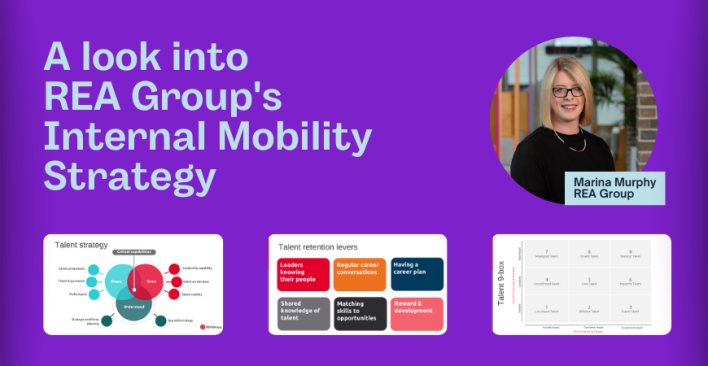3 Strategic Questions a Talent Leader Needs to Ask Before the Company Downsizes

Outplacement firm Challenger, Gray, & Christmas reports that “the new year started with an increase in corporate downsizing,” led by the retail industry.
There are many good reasons why talent acquisition leaders need to consider the perceptions and actions of potential applicants during a reduction in force (RIF), since nearly all employers downsize under the premise that the workforce reduction in the short term allows the company to restructure, become more efficient, and competitive, and eventually grow in the long term.
But downsizing is a temporary solution that is expected to eventually be followed by new hiring at some future point and if applicants are wary of companies that downsize, efforts to trim nonproductive units or reconfigure a business through downsizing might cause real damage to a company’s ability to recover and recruit needed top talent to compete in the future. Companies, in turn, should make specific efforts during the process of downsizing to ensure they are not inadvertently sending negative signals about their culture and how they treat their employees to their current and future job candidates.
Studies investigating long-term financial data from hundreds of downsizing organisations suggest that downsizing does not provide companies with the positive financial outcomes they anticipate. One reason for this negative effect on anticipated performance may be the negative attitudes of future employees, as well as the damages a RIF has on its employment brand among job seekers.
The University of Florida conducted a study finding that just providing severance and outplacement assistance to laid-off workers did not significantly increase job-seeker attraction by itself. The key to increasing jobseeker attraction was for an employer to also provide full communication support to its workforce in addition to the financial and career support found in severance and outplacement. Jobseekers wanted to see that an employer respected its workforce by showing transparency, a willingness to share information early and often, and communicating the employer’s intentions through its messaging to departing and surviving employees.
Research indicated that clear and open communications regarding the layoff will be viewed favourably not only by current employees but also potential job applicants.
Says renowned organisational change expert John P. Kotter: “Without credible communication, and a lot of it, the hearts and minds of the troops are never captured. Communication comes in both words and deeds, and the latter are often the most powerful form. Nothing undermines change more than behaviour by important individuals that is inconsistent with their words.”
Images: Shutterstock
This article first appeared on EREmedia on the 27th February, 2017.
Managing Talent in today’s highly connected world is a challenge. Find out how you can become better at it during the Australasian Talent Conference, starting 21st June. Tickets available here.
Related articles
Leave a Reply
Sign up to our newsletter
Get a weekly digest on the latest in Talent Acquisition.
Deliver this goodness to my inbox!



